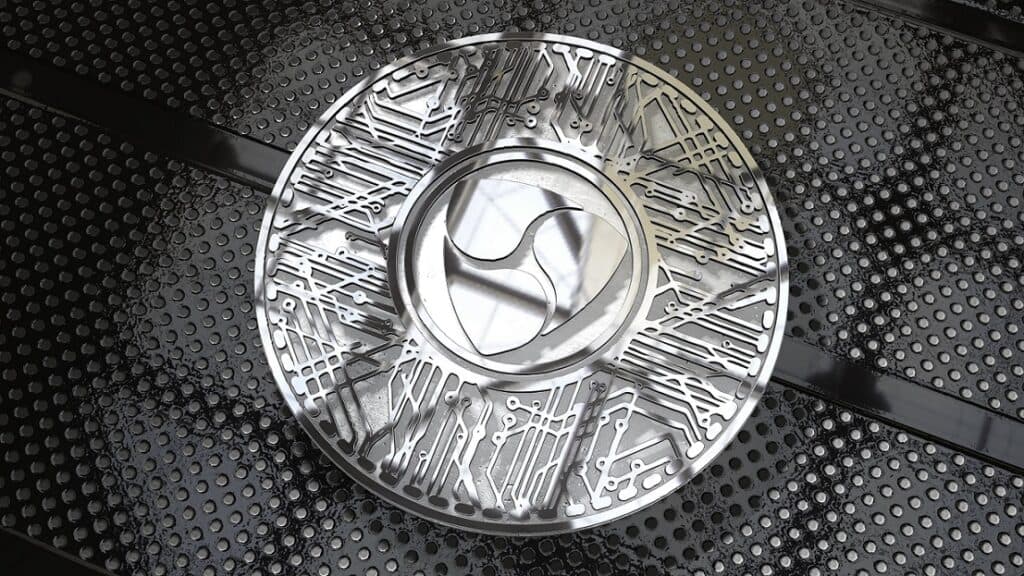
Concept Behind Creating Cryptocurrencies
How exciting it would be to have a currency branded in your name.
Owning a cryptocurrency is possible especially with its decentralized status and flexibility. With a team of programmers, some paperwork to legalize it, and promotion through an Initial Coin Offering (ICO), you could be on your way to impact millions of investors through your coin idea.

Key Takeaways
• If your coin idea requires a blockchain, you need to create your own digital currency to incentivize the nodes contributing their processing power.
• For your blockchain to operate smoothly the participating nodes must agree on which transactions should be considered legitimate and added to the block.
Now let’s consider the steps to know what it takes to create a cryptocurrency…
Steps to Make Your Own Cryptocurrency
1. Determine the purpose of your coin (Use Case)
2. Choose a consensus mechanism (PoS or PoW)
3. Pick a blockchain platform
4. Design the Blockchain Nodes
5. Establish your blockchain’s internal structure
6. Factor in APIs
7. Design the user interface
8. Do the paperwork and make it legal.
Before we delve into the steps above, let us take note of some important terms you should know when creating your cryptocurrency.
Difference Between a Token and a Coin
Before we get to know the complexities of how to create your cryptocurrency, we should place our facts straight and take a look at some basic definitions used in all cryptocurrency-related conversations.
SEE ALSO: Best 10 ERC20 Tokens On the Market
What is Cryptocurrency?
Let’s step back and first refresh a currency definition in memory. While we prefer to think about banknotes and dollars, a currency is a store of value and a means of exchange for products and services, which is accepted as legal tender within a jurisdiction and beyond in some cases (the US dollar).
Now, a digital currency that relies on cryptography to produce units and to confirm transactions is classified as a cryptocurrency. It has all monetary features that differ without a single centralized platform (such as a bank). Cryptocurrencies have no paper notes, just coins (digital) which are frequently mistaken with tokens.
So what exactly is the difference between them? Simply put, it all comes down to these three points:
1. Coins need a blockchain of their own whereas tokens may work on current ones. Tokens are confined to a certain project, coins can be used anywhere and they can purchase tokens, but tokens cannot purchase coins.
2. If you want to view tokens and coins in a true perspective, consider tokens as the frequent flyer miles, while coins are real money, both can be used to purchase a movie ticket, but with the miles, your option will be confined to the cinema that gave it.
The point of the whole thing is that you need to build a blockchain if you want to create a crypto coin.
How to Create a Blockchain
Now that you know how your own cryptocurrency can boost your business, let’s see the main steps you need to take to build a blockchain.
Step 1: Determine The Purpose Of Your Coin (Use Case)
Do your company interests lie in the areas of intelligent contracts, authentication, and verification of data, or intelligent asset management?
Clearly define your goals at the start.
Step 2: Choose a consensus mechanism (PoS or PoW)
To make your blockchain work well, you need to agree on which transactions should be genuine and be put on your block. Mechanisms for consensus are the only methods that achieve this. There are lots to select from for your corporate goals.
SEE ALSO: The ABC of Investing in Cryptocurrency
SEE ALSO: How Does Proof-of-Stake Improve Proof-of-Work?
Step 3: Pick a blockchain platform.
Your choice of a blockchain platform will depend on the consensus mechanism you’ve selected. There are good blockchain platforms out there and a few of them include Ethereum, Multichain, and Coinlink.
Step 4: Design the Blockchain Nodes
If you think of a blockchain in comparison to a blockchain then nodes will assume the blocks. A node is a device linked to the Internet that supports the blockchain by doing different functions, from data storage to verification and transaction processing. Efficiency, support, and security nodes depend on Blockchains.
There are a lot of alternatives concerning the nodes that you are using:
1. What will be the available permits to the public, private or hybrid?
2. Will the cloud be housed with them, in the building?
3. Selecting and obtaining necessary hardware details like RAM, disk capacity, CPUs, etc.
4. Choose a base operating system (most common choices would be Ubuntu, Windows, Red Hat, Debian, CentOS, or Fedora).
SEE ALSO: Best Blockchain Node Providers – All you Need to Know
SEE ALSO: Best 5 Smart Contract Platforms for Polkadot DApp Dev
Step 5: Establish your blockchain’s internal structure
Move with caution as some of the parameters cannot be put in another form once the blockchain platform is already running. It’s a good idea to take your time and think through the following:
1. Allowances; (define who can access the data, perform transactions and validate them, i.e. create new blocks)
2. Size of address (decide what your blockchain addresses will look like)
3. Significant formats (decide on the format of the keys that will be generating the signatures for the transactions)
4. Emission of assets (establish the rules for creating and listing all asset units)
5. Reissue of assets (establish the rules for creating more units of the open assets)
6. Key administration (develop a system to store and protect the private keys granting the blockchain access)
7. Multi-symbolism (define the number of keys your blockchain will require to validate a transaction )
8. Atomic Swaps (plan for the smart contracts enabling the exchange of different cryptocurrencies without a trusted third party)
9. Parameters (estimate maximum block size, rewards for block mining, transaction limits, etc.)
10. Native Assets (define the rules of a native currency issued in a blockchain)
11. Signing block (define how the blockchain participants creating blocks will be required to sign them)
12. Shaking hands (establish the rules of how the nodes will identify themselves when connecting)
Step 6: Factor in APIs
Check whether the pre-built APIs are provided by your blockchain platform, as not all APIs. Even if you do not have a platform, do not be bothered, there are several reliably built-in blockchain API providers.
Step 7: Design the User Interface
Dialogue is essential and an extensive interface guarantees that your blockchain and its players have seamless communication.
Here are the things to consider at this stage:
- Web, mail, and FTP servers
2. External databases
3. The front-end programming languages (e.g. HTML5, CSS, PHP, C#, Java, Javascript, Python, Ruby).
Step 8: Do the paperwork and make it legal
Slowly but surely, the law is catching up with the cryptocurrencies, and by studying patterns around the propaganda on cryptocurrencies, it’s advised to better protect yourselves from shocks.
Get ahead and think about how to enhance your blockchain by tapping into future-proof technology such as the Internet of Things, Data Analytics, Cognitive Intelligence, Machine Learning, Containers, Biometrics, Cloud, Bots, and other fascinating advancements.
SEE ALSO: Polkadot or Ethereum Blockchain Framework, Which is Better?
SEE ALSO: 7 Cryptocurrencies that Will Make You a Millionaire in 2021
Frequently Asked Questions (FAQ)
1. Can I create my own cryptocurrency?
You can start a new cryptocurrency by creating an entirely new blockchain with a coin or by forking an existing one and creating a token.
You can find many tutorials online about how to become a cryptocurrency creator, though all of them require at least basic coding skills and an in-depth understanding of blockchain.
2. How hard is it to make your own cryptocurrency?
Creating your own cryptocurrency is no easy task and will likely require some financial resources unless you can take care of things like development, documentation, and marketing yourself. Of course, you can do this all yourself for free.
3. How much does it cost to make a Cryptocurrency?
Depending on your needs, creating a cryptocurrency can cost anywhere between $2000 and $5000. If you need a feature-rich, custom-built cryptocurrency, it can go as high as $5,000 or more.
4. How can I make my cryptocurrency valuable?
Like any currency, cryptocurrencies gain their value based on the scale of community involvement. Cryptocurrency gains value if the demand for it is higher than the supply.
When a cryptocurrency is useful, people want to own more of it, driving up the demand. Since people want to use it, they don’t want to sell it.
Final Thoughts
Starting your own cryptocurrency may not be that difficult especially when you go through this article. Keep in mind though that creating a cryptocurrency is one thing and making it valuable is another thing entirely.
Creating a cryptocurrency can cost as high as $5000 hence proper guidelines must be laid down before the commencement of the creation to achieve success.
Read More




